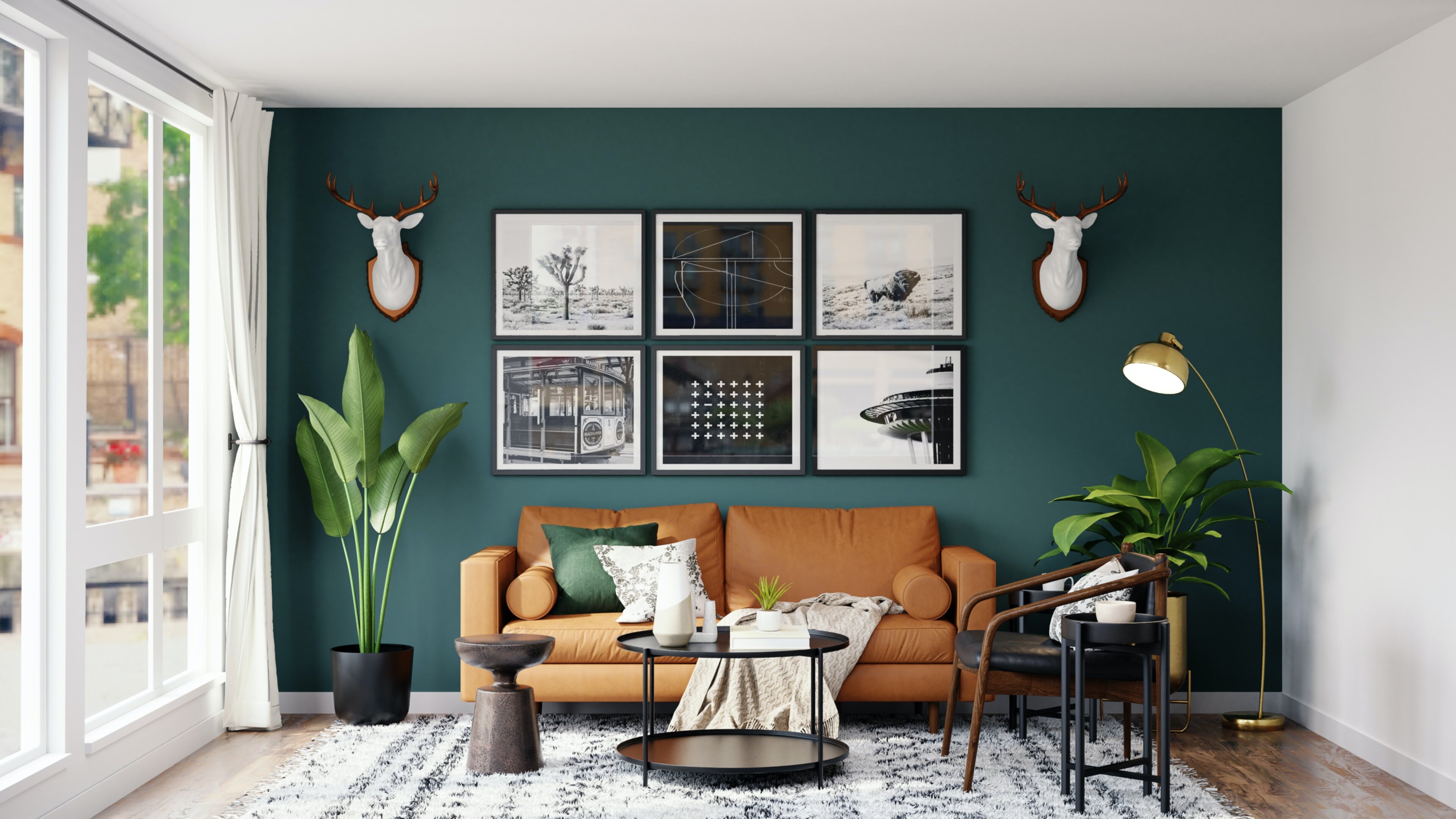AI Imagery Elevates Amarillo Home Rental Appeal

I've been tracking the real estate market dynamics in mid-sized Texan cities, specifically Amarillo, and something interesting is happening with property listings. It’s not just about square footage or proximity to I-40 anymore; the visual presentation is undergoing a noticeable shift. When I first started pulling data on rental availability a few months back, the photography was largely standard—a bit grainy, maybe a poorly lit kitchen shot. Now, looking at recent uploads, the visual quality has spiked, often looking suspiciously perfect.
This isn't just better photography equipment filtering down to landlords; the consistency and sometimes slightly surreal quality suggest algorithmic assistance. I suspect we are seeing the early, practical deployment of generative imaging tools specifically tailored for low-stakes, high-volume advertising like local rentals. Let's examine what this means for the actual appeal of these properties, moving beyond the surface-level gloss.
Here is what I think is happening under the hood: Traditional photography requires time, staging, and a certain level of skill to make a modest living room look inviting online. If a landlord or a small property manager uses, say, a mid-range 3D scan of an apartment and then runs it through a specialized image synthesis model trained on high-end interior design catalogs, the resulting "photos" are optimized for clicks. They smooth out the worn carpet texture, introduce perfect midday lighting regardless of when the photo was taken, and perhaps subtly widen the perceived space. This creates an immediate, often subconscious, sense of higher perceived value for the prospective renter scrolling through dozens of listings. I’ve noticed specific recurring elements—that perfectly placed, abstract canvas on the wall, or the impossibly vibrant green of a houseplant that never seems to wilt. It's an attempt to bypass the cognitive friction associated with viewing imperfect, real-world spaces. The immediate outcome seems to be higher engagement rates on those specific listings compared to their unedited counterparts in the same price bracket.
However, we must pause and reflect on the veracity of these visual representations versus the physical reality when a tenant finally shows up for a viewing. If the AI-generated image suggests granite countertops when the actual surface is laminate, the initial trust relationship is immediately strained, even if the rent is competitive. My initial data suggests a slight uptick in "no-shows" for viewings originating from these highly stylized listings, possibly indicating a mismatch between digital expectation and physical arrival. Furthermore, this technology allows for rapid A/B testing of aesthetics; a manager can generate ten different lighting schemes for the same living room in minutes to see which style garners the most inquiries. This algorithmic optimization of appeal is incredibly efficient from a marketing standpoint, reducing the time a unit sits vacant. But it also raises questions about transparency in low-barrier markets where renters often have limited options and rely heavily on the initial visual cue to gauge opportunity. It’s a fascinating, if slightly unnerving, application of image processing in everyday commerce.
More Posts from colossis.io:
- →Examining AI Image Quality for Myrtle Beach Real Estate
- →Analyzing Greenville's Real Estate Trends A Case Study of 607 Arlington Ave's Market Position
- →Zillow's Treh Manhertz Latinx Household Wealth Sees 153% Increase Since 2016, but Gap Persists
- →Atlanta Housing Market Analysis Median Price Surges 124% in Key Urban Districts Despite Supply Growth
- →Fort Worth Rental Market in 2024 Analyzing the Shift in Single-Family Home Availability and Pricing Trends
- →Riverside, CA Rental Market Analysis 5 Key Trends Shaping House Rentals in 2024